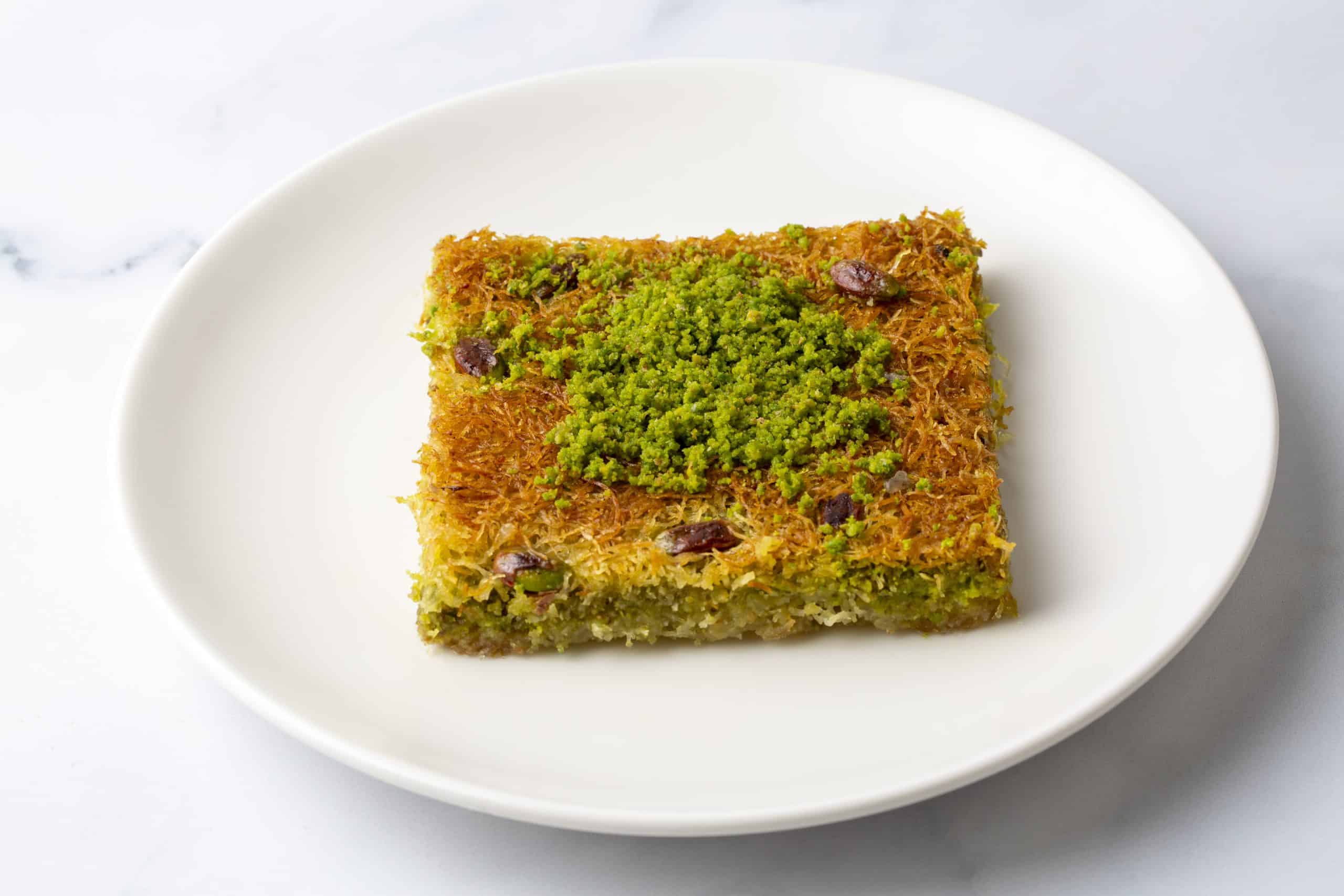A hearty, vibrant dish steeped in tradition and rich flavors, borscht is more than just a simple soup. It’s a culinary symbol of Eastern Europe, particularly Russia, that has been passed down through generations. This classic soup, characterized by its deep red color courtesy of beets, and topped with a dollop of sour cream, is a comforting meal that warms you from the inside out. Today, you’ll learn how to recreate this Russian classic in your own kitchen.
The Fundamentals: Creating the Meat Broth Base
The success of your borscht recipe hinges largely on the quality of your meat broth. Creating a homemade broth infuses the soup with depth and richness that store-bought broth simply cannot replicate. Beef is traditionally used in borscht, but feel free to substitute with other types of meat according to your preference.
This might interest you : Can You Achieve Perfectly Cooked Quinoa Every Time for Fluffy and Nutty Results?
Start by placing a large, cut piece of bone-in beef in a deep pot filled with water. Bring the water to a boil then reduce the heat and let the meat simmer gently. After an hour, you will notice a layer of froth forming on the surface. Skim this off periodically to ensure a clear broth. Continue simmering for another couple of hours until the meat is tender and flavorful.
Remember, the longer the meat cooks, the more flavor it imparts to the broth. This isn’t a process to be rushed, so take your time and let the broth simmer away. Once the broth is ready, remove the meat and set it aside. You can shred it into smaller pieces and add it back into the soup later on.
Also to see : How to Optimize the Texture of a Vegan Chickpea Omelette?
Adding the Aromatic Vegetables and Beets
The heart and soul of any borscht recipe are the beets. They are what give this soup its distinctive color and earthy flavor. While the meat is simmering, prepare the vegetables. Grate a few fresh beets and sauté them in a pan with a little oil until they are soft and have released their juices. Saute some garlic as well, as it enhances the flavor of the beets.
Once the beets and garlic are ready, add them to the pot with the broth. Let the beets cook in the broth over low heat for about 30 minutes. This allows the beets to impart their color and flavor to the soup.
Incorporating the Cabbage and Other Ingredients
After the beets have had time to blend with the broth, it’s time to add the cabbage. Shred a small head of cabbage and add it to the pot. Let it cook for about 15 minutes until it softens. The cabbage adds a nice texture to the soup and balances the sweetness of the beets with its slight bitterness.
Now is also the time to add other ingredients according to your preference. Many traditional borscht recipes call for carrots, onions, and potatoes to be added at this stage. You can also add a can of diced tomatoes for more depth of flavor.
Seasoning, Simmering and Serving
Once all the ingredients are in the pot, let the soup simmer for another half an hour. This allows all the flavors to meld together and the soup to thicken slightly. Season the soup with salt and pepper to taste.
The final touch to a classic Russian borscht is a generous dollop of sour cream served on top. The sour cream adds a tangy creaminess that cuts through the earthiness of the beets and the richness of the broth. Some fresh dill or parsley sprinkled on top adds a burst of freshness and color.
Making borscht might seem daunting at first glance, but it’s truly a labor of love. It’s a soup that fills not just your belly, but also your heart. With a bit of patience and the right ingredients, you can recreate this classic Russian dish in your own home.
Adding the Final Touches: Tomato Paste, Olive Oil, and Bay Leaves
Just when you thought your Russian borscht couldn’t get any more flavorful, we’re here to surprise you with the final touches. These final add-ins are what give borscht its depth of flavor and make it stand out from other soups.
Start by heating a couple of tablespoons of olive oil in a separate pan. Add a couple of tablespoons of tomato paste and saute it in the oil until it darkens a bit. This process, known as blooming, is essential because it brings out the tomato paste’s sweetness and reduces its acidity.
Once the tomato paste has bloomed to your satisfaction, add it to the soup pot. The tomato paste will give your borscht a rich complexity that balances the sweetness of the beets and the tanginess of the sour cream.
Next, add a couple of bay leaves into the mix. Bay leaves are a common ingredient in Russian cooking, and they bring a subtle but distinctive flavor that complements the other ingredients in the soup. Leave the bay leaves in the pot as the soup simmers. However, make sure to remove them before serving since they are not typically eaten.
The Final Bowl: Serving Borscht with a Dollop of Sour Cream and Fresh Dill
Now that your borscht is bubbling with vibrant flavors, it’s time to serve it in the most traditional way. Ladle your soup into a bowl and add a generous dollop of sour cream on top. The sour cream will slowly melt into the hot soup, adding a creamy and tangy element that is essential in a classic Russian borscht.
After adding the sour cream, sprinkle fresh dill generously over the top. Dill is a staple herb in Russian cuisine, and its fresh and slightly anise-like flavor is the perfect contrast to the rich and earthy borscht.
If you’ve prepared some of the meat from the broth, now is also the time to add it back into the soup. Shredded beef is a traditional addition, but feel free to add whatever type of meat you cooked your broth with.
If you’ve followed this recipe, you now have a pot full of hearty, flavorful, and traditional Russian borscht. Whether you’re serving it as a starter or a main course, you’re sure to impress with this classic dish.
Conclusion
Learning how to make borscht can be a truly rewarding experience. This classic Russian soup, with its vibrant red color and rich, complex flavors, is a testament to the beauty of simple ingredients coming together to create something extraordinary. The process may require time and patience, but the result is definitely worth it.
Remember, the key to a good borscht is in the broth, so don’t rush that part. Use fresh ingredients, take your time, and don’t forget to add a dollop of sour cream and a sprinkle of fresh dill before serving. With these guidelines, you’re well on your way to mastering the art of making a classic Russian borscht.






